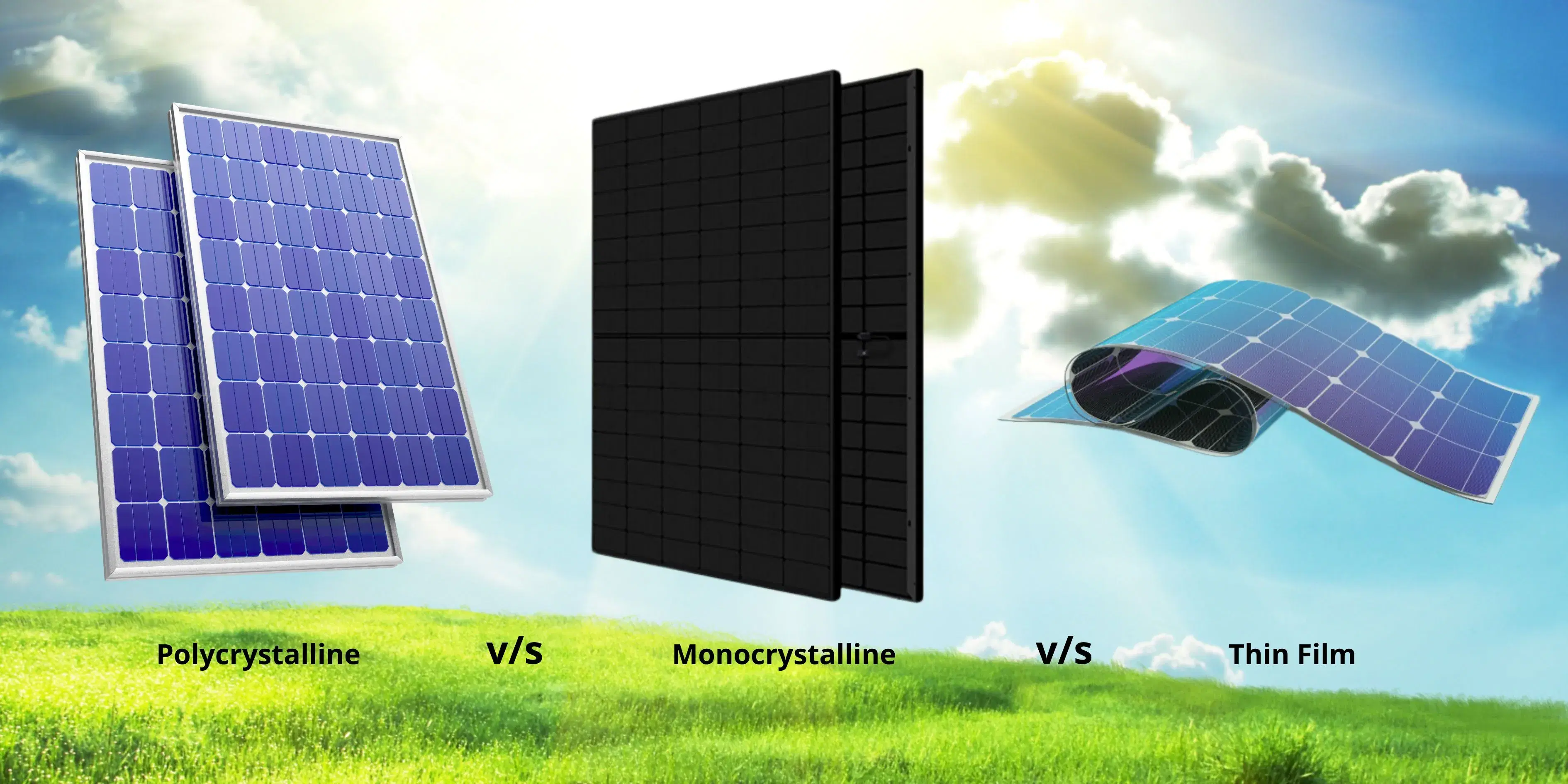
Types of Solar Panels in Mauritius: Your 2025 Guide
With energy costs soaring and Mauritius racing toward a solar-powered future, switching to solar isn’t just smart—it’s unavoidable. But which solar panels suit your home or business?
Monocrystalline, polycrystalline, or thin-film? Let’s break it down. Monocrystalline panels, especially Grubbs Energy’s French-made FHE brand, built to strict European standards, consistently outperform the rest—making them the top choice for the island.
Why Solar Is Hot in Mauritius
The island’s tropical vibe means endless sun, but imported fossil fuels jack up power bills. Solar’s booming, with installs up 20% yearly, backed by MUR 30 billion in 2025 budget funds for rooftop systems and floating solar farms. A 5kW setup costs MUR 50,000–150,000, paying back in 5–7 years via net metering. Heat and humidity demand panels that won’t quit at 30°C+. Here’s how the three main types compare, starting with the best : monocrystalline.
Monocrystalline Solar Panels: Top Pick for Mauritius
Monocrystalline panels are the gold standard. Made from a single silicon crystal, they’re sleek, black, and pack a punch. Efficiency hits 15–22%, meaning a 400W panel needs just 1.7m²—perfect for tight roofs in Port Louis or crowded towns. They handle Mauritius’s muggy weather, losing less power in heat (0.3% annual degradation) and even shine in cloudy showers, grabbing 5% more light than others. Lifespan? Up to 40 years with solid warranties.
Pros: High output, space-saving, heat-resistant, recyclable. They’re ideal for homes and businesses, giving 25% more energy than polycrystalline in sunny setups.
Cons: Costlier at MUR 20–25 per watt, 10–20% more than alternatives. But long-term savings make up for it.
Grubbs Energy nails it with FHE monocrystalline panels from France. These meet strict European and French standards (IEC 61215, TÜV-certified), resisting salt corrosion for coastal spots like Grand Baie or anywhere around the coast and handling hail like champs.
With 30-year performance warranties and easy financing, Grubbs makes it simple from your first phone call to installation. Businesses in Ebene love them for cutting peak-hour costs, tying into Mauritius’s USD 1.35 billion solar push by 2030. For quality and reliability, monocrystalline from Grubbs is the way to go.
Polycrystalline Solar Panels: Budget-Friendly Power
Polycrystalline panels are the affordable choice. Made by melting multiple silicon chunks, they have a blue, speckled look. Efficiency is 13–16%, solid but less than monocrystalline. A 350W panel takes 1.9m², needing more space but still fitting most homes around the island. They’re great in full sun, delivering 80–90% of mono’s output at MUR 15–20 per watt.
Pros: Cheaper by 10–15%, with 25-year lifespans (0.5–0.8% degradation). They’re tough in humid heat and widely available locally. For off-grid setups in Chamarel, they’re a wallet-friendly win, with ROI in 6–8 years.
Cons: Less efficient in shade or small spaces, and the blue look isn’t as sleek.
Polycrystalline suits budget-conscious families jumping on Mauritius’s 50 MW floating solar incentives. Compared to Grubbs’s premium monocrystalline, they’re cheaper upfront but lag in long-term savings.
Thin-Film Solar Panels: Flexible but Niche
Thin-film panels are the wildcard. Built by layering materials like cadmium telluride or amorphous silicon on glass or plastic, they’re lightweight and bendable—great for curved roofs in Tamarin or boat setups. Efficiency is low at 7–13%, so a 100W panel needs 0.8m². They shine in heat, losing just 0.2% efficiency per °C, and work well in cloudy conditions, beating crystalline by 10–15%. Lifespan is 10–20 years.
Pros: Cheap at MUR 10–15 per watt, 30% lighter, and eco-friendly with less material. They’re ideal for creative uses like agrivoltaics in sugarcane fields or event setups.
Cons: Need lots of space, making them impractical for small roofs. Toxic materials like cadmium require careful disposal.
Thin-film fits niche projects like floating solar, but for most Mauritian homes, they’re less practical. Grubbs sticks to monocrystalline for proven performance.
Comparing Solar Panels: What’s Best for You?
Here’s a quick look at how they compare:
Feature | Monocrystalline | Polycrystalline | Thin-Film |
Efficiency | 15–22% | 13–16% | 7–13% |
Cost per Watt | MUR 20–25 | MUR 15–20 | MUR 10–15 |
Space Needed | Low (1.7m²/400W) | Medium (1.9m²/350W) | High (0.8m²/100W) |
Lifespan | 25–40 years | 25 years | 10–20 years |
Heat Tolerance | Good | Good | Excellent |
Best For | Homes, Businesses (e.g., Grubbs FHE) | Budget Installs | Flexible/Mobile Uses |
Mauritius ROI | 5–7 years | 6–8 years | 7–10 years |
Monocrystalline wins for efficiency and longevity, polycrystalline for cost, thin-film for unique setups. All need corrosion-resistant frames for Mauritius’s salty air—FHE’s European specs lead here.
What’s Next for Solar in Mauritius
In the next 5 years, the regional solar market will hit USD 24.9 billion, with monocrystalline grabbing 60% share. New tech like bifacial panels (10% extra yield) and smart inverters is coming. Government rebates cover 30% for 3kW+ systems, but choose trusted installers like Grubbs for compliance. Pro tip: Aim for 5–7 sun hours daily with a 15° south-facing tilt for max power. Duties bump costs 5–10%, but local assembly helps. Pair panels with batteries for cyclone-proof energy.
Wrap-Up: Go Solar with Monocrystalline
Mauritius’s solar surge is here, and monocrystalline panels lead the pack—efficient, tough, and perfect for our island. Polycrystalline saves cash upfront, while thin-film fits quirky needs, but for most, monocrystalline is king. Grubbs Energy’s FHE panels, built to French and European standards, offer 30-year warranties and hassle-free installs. Cut your bill by 70% and join the green wave.
